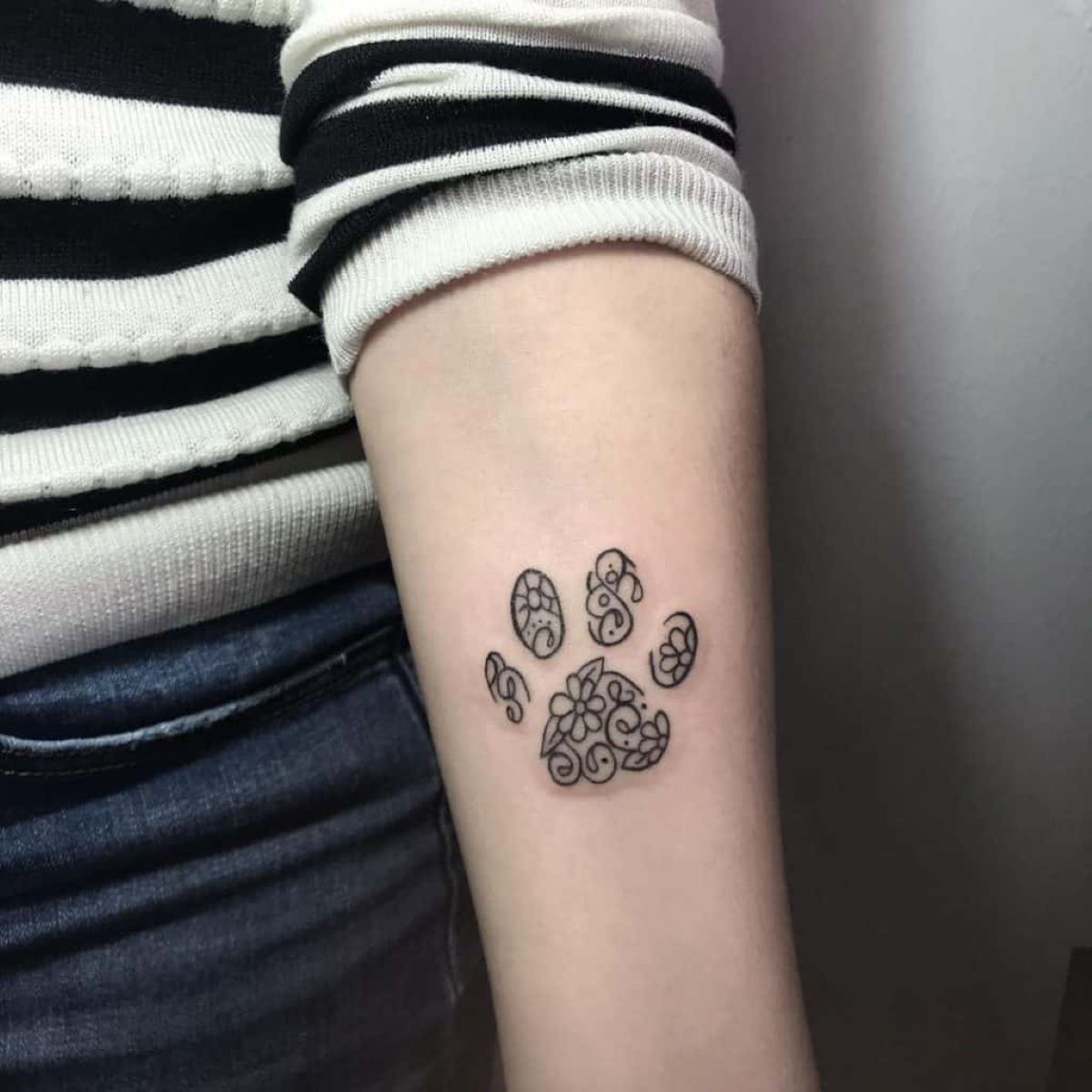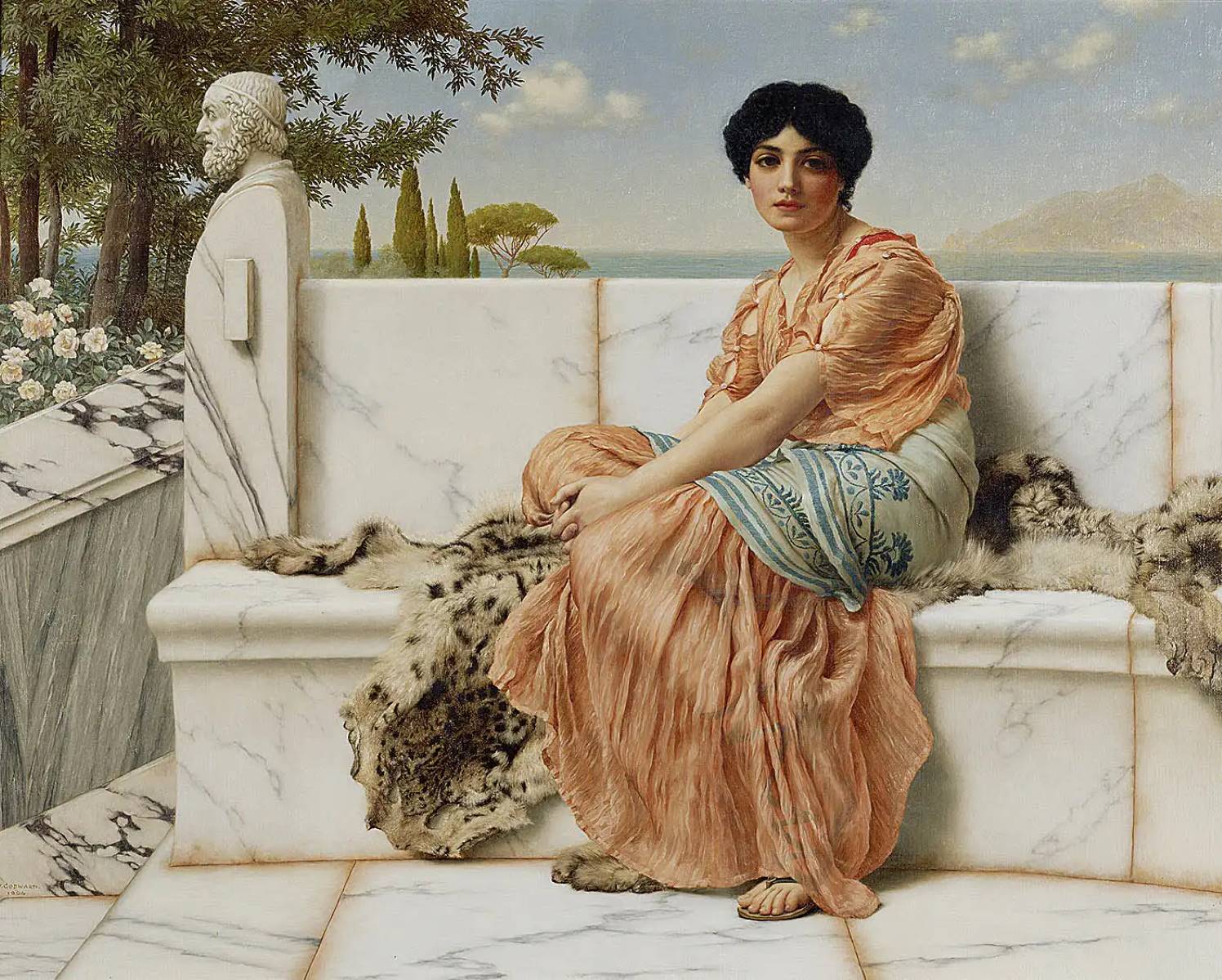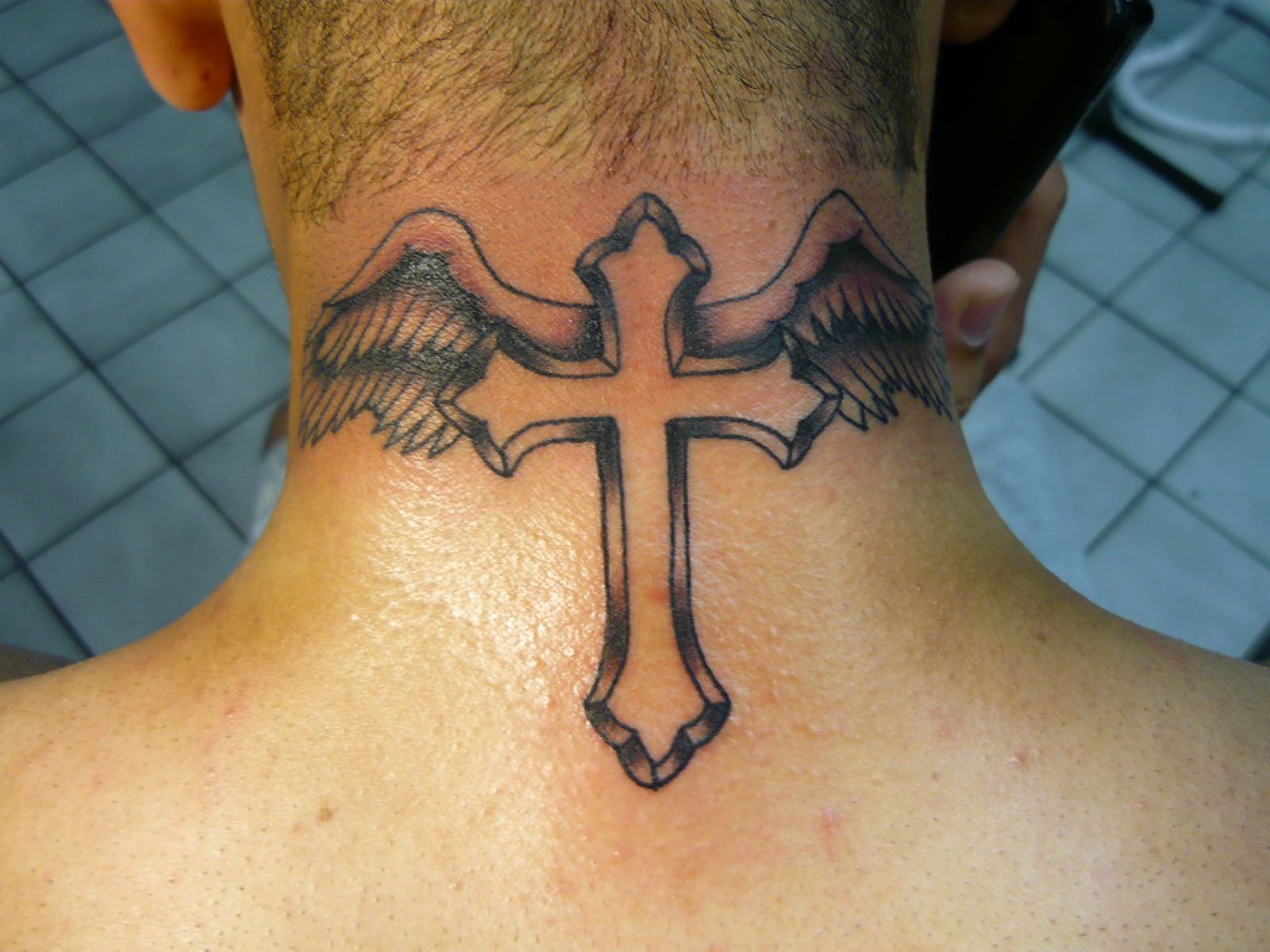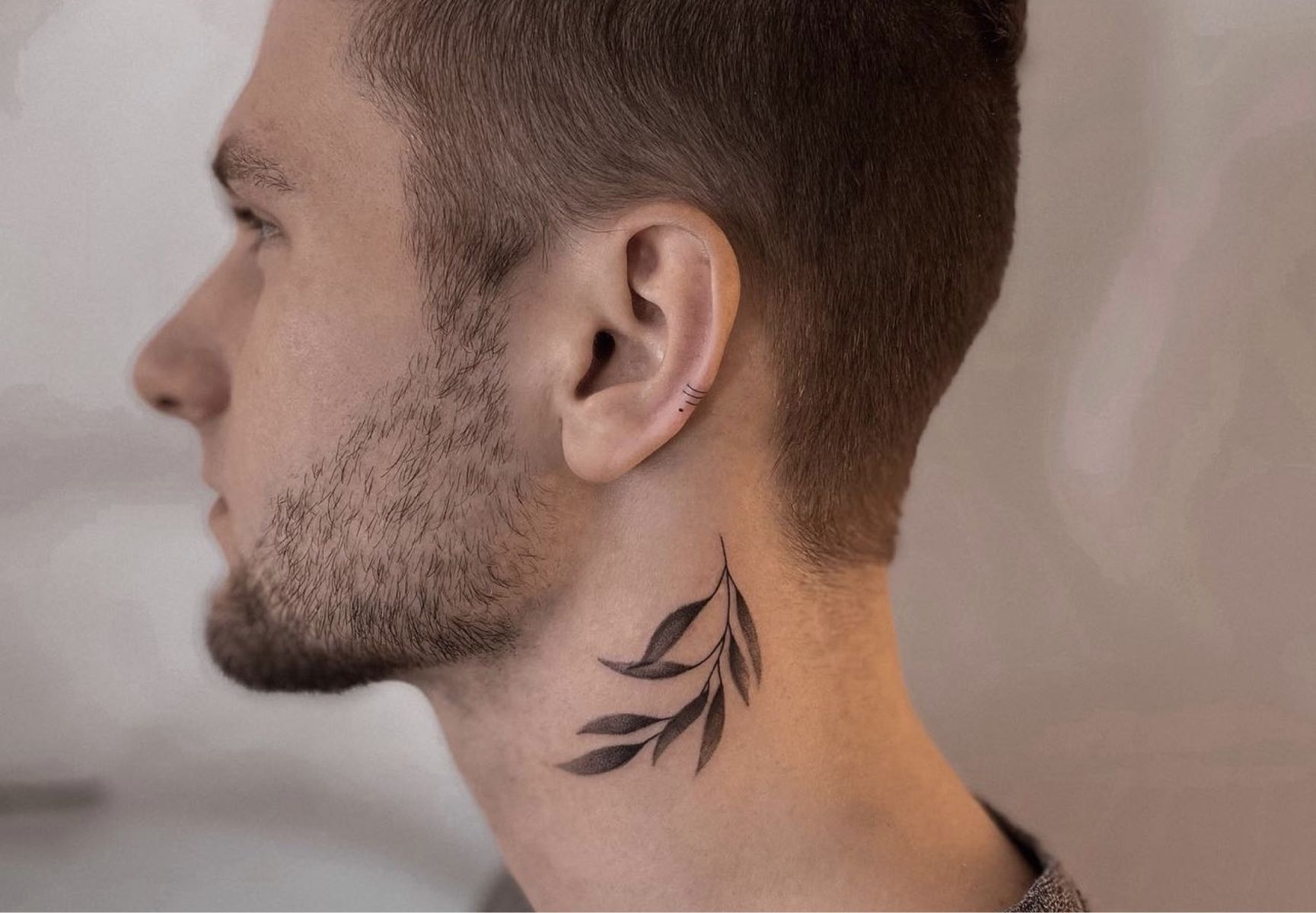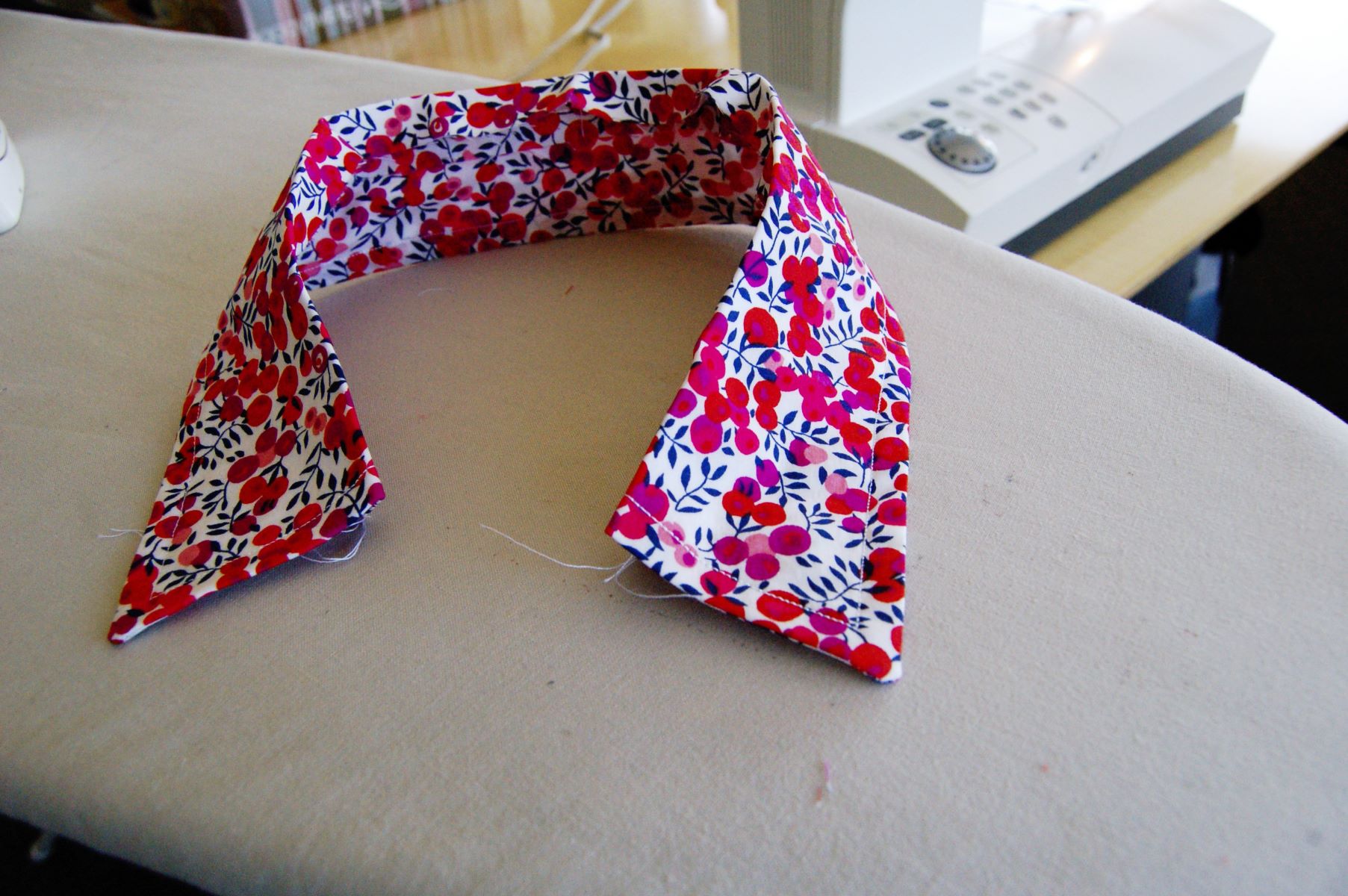Home>Lifestyle>Unconventional Beauty: The Allure Of Neck Tattoos On Women


Lifestyle
Unconventional Beauty: The Allure Of Neck Tattoos On Women
Published: February 6, 2024
Explore the captivating trend of neck tattoos on women and how it reflects their unique lifestyle and unconventional beauty. Discover the allure and significance of this bold form of self-expression.
(Many of the links in this article redirect to a specific reviewed product. Your purchase of these products through affiliate links helps to generate commission for Regretless.com, at no extra cost. Learn more)
Table of Contents
Introduction
When it comes to self-expression and individuality, tattoos have long been a powerful form of art and storytelling. Among the myriad of tattoo placements, neck tattoos stand out as a bold and unconventional choice, often captivating attention and sparking intrigue. The allure of neck tattoos on women is a subject that transcends mere aesthetics, delving into the realms of cultural significance, personal empowerment, and the evolving perceptions of beauty.
The decision to adorn one's neck with permanent ink is a deeply personal and often deeply symbolic choice. It represents a deliberate embrace of visibility, an unapologetic statement of identity, and a celebration of the body as a canvas for meaningful art. As we delve into the history, cultural significance, and contemporary rise of neck tattoos on women, we will uncover the multifaceted allure that has contributed to the growing popularity and intrigue surrounding this unconventional form of self-expression.
Read more: Unveiling The Allure Of Exotic Beauty
The History of Neck Tattoos
The history of neck tattoos traces back to ancient civilizations, where body art was a revered tradition and a symbol of cultural identity. In many indigenous cultures, neck tattoos held profound significance, often denoting a person's social status, tribal affiliation, or spiritual beliefs. For instance, in Polynesian communities, intricate neck tattoos, known as "tatau" or "ta moko," were not only a rite of passage but also a visual testament to one's lineage and life journey. These tattoos were imbued with deep spiritual meanings, serving as a form of storytelling etched onto the skin.
In the Western world, neck tattoos have undergone a significant evolution. In the 18th and 19th centuries, sailors and seafarers adorned their necks with tattoos as marks of their maritime experiences and allegiances. These nautical-themed tattoos, such as anchors and swallows, became emblematic of a seafaring life and were proudly displayed on the neck as a badge of honor and resilience.
During the 20th century, neck tattoos became associated with countercultural movements and rebellious expressions. They were embraced by individuals seeking to defy societal norms and assert their autonomy. However, due to their visible nature, neck tattoos were often stigmatized and associated with deviance, leading to their marginalization in mainstream society.
In recent decades, the perception of neck tattoos has undergone a remarkable shift. As body art has gained broader acceptance and appreciation, neck tattoos have emerged as a symbol of empowerment, self-expression, and artistic freedom. They have transcended their historical associations with rebellion and have become a means for individuals to reclaim ownership of their bodies and narratives.
The history of neck tattoos is a testament to the enduring human impulse to adorn the body with meaningful symbols and narratives. From ancient cultural traditions to contemporary expressions of individuality, neck tattoos continue to evolve, reflecting the ever-changing dynamics of personal identity and societal perceptions of beauty and self-expression.
The Cultural Significance of Neck Tattoos
The cultural significance of neck tattoos transcends mere aesthetics, delving into the realms of tradition, symbolism, and personal identity. Across diverse cultures and historical epochs, neck tattoos have held profound meanings, serving as visual narratives of heritage, spirituality, and social belonging.
In many indigenous societies, neck tattoos were not merely decorative; they were imbued with deep cultural and spiritual significance. For instance, in the Maori culture of New Zealand, the art of ta moko, which includes intricate facial and neck tattoos, represents a person's genealogy, life experiences, and social standing. Each element of the tattoo design carries specific meanings, weaving together a complex tapestry of personal and communal narratives. Similarly, in the Ainu culture of Japan, women adorned their necks with tattoos as symbols of maturity and tribal affiliation, signifying their readiness for marriage and societal roles.
In the Western world, neck tattoos have historically been associated with various subcultures and countercultural movements. From the maritime tattoos of sailors to the rebellious ink of underground artists and musicians, neck tattoos have served as visible markers of individualism and nonconformity. They have symbolized resistance to societal norms and a commitment to personal authenticity, embodying the ethos of self-expression and defiance.
Furthermore, the cultural significance of neck tattoos extends to the realm of gender identity and empowerment. In many cultures, women who chose to adorn their necks with tattoos defied traditional gender norms, asserting their autonomy and agency over their bodies. These tattoos became statements of strength, resilience, and self-determination, challenging the restrictive expectations placed upon women's appearances and behaviors.
In contemporary society, the cultural significance of neck tattoos continues to evolve. They serve as potent symbols of personal empowerment, artistic expression, and the celebration of diversity. By embracing neck tattoos, individuals reclaim the narratives of their bodies, transcending societal judgments and embracing their unique stories.
The cultural significance of neck tattoos is a testament to the enduring power of body art as a form of cultural expression, personal empowerment, and storytelling. As individuals continue to embrace neck tattoos as a means of self-representation and defiance, the cultural resonance of these bold and meaningful adornments remains a vibrant and evolving facet of human expression.
The Rise of Neck Tattoos on Women
The rise of neck tattoos among women marks a significant cultural shift, reflecting a reclamation of body autonomy, self-expression, and the evolving perceptions of beauty. Historically, tattoos, particularly those on visible areas like the neck, were predominantly associated with men. However, as societal attitudes towards gender, self-expression, and body art have evolved, women have increasingly embraced neck tattoos as a powerful means of asserting their identities and challenging traditional beauty norms.
The contemporary resurgence of neck tattoos among women can be attributed to several interconnected factors. Firstly, the growing visibility and influence of female artists, musicians, and public figures who proudly display their neck tattoos have contributed to the normalization and celebration of women's inked necks. These influential figures have shattered stereotypes and demonstrated that neck tattoos can be both elegant and empowering, defying the outdated notion that certain forms of body art are exclusively masculine.
Moreover, the rise of social media and digital platforms has played a pivotal role in reshaping beauty standards and fostering a more inclusive appreciation of diverse forms of self-expression. Women from all walks of life now have access to a global community where their neck tattoos are celebrated, inspiring others to embrace their individuality and adorn their necks with meaningful art.
Furthermore, the evolution of workplace attitudes towards visible tattoos has contributed to the increasing popularity of neck tattoos among women. As more industries and companies adopt progressive and inclusive policies regarding body art, women feel empowered to express themselves authentically through neck tattoos without fear of professional repercussions. This shift has catalyzed a cultural movement where neck tattoos are celebrated as statements of confidence, creativity, and personal empowerment.
The rise of neck tattoos on women also reflects a broader societal embrace of body positivity and the rejection of narrow beauty standards. Women are reclaiming their bodies as canvases for self-expression, challenging the notion that certain forms of adornment are off-limits based on gender. Neck tattoos have become a means for women to celebrate their unique stories, assert their identities, and defy the constraints of conventional beauty ideals.
In essence, the rise of neck tattoos on women signifies a powerful assertion of agency, individuality, and self-expression. It exemplifies a cultural shift towards embracing diverse forms of beauty and celebrating the multifaceted narratives that adorn the skin. As more women proudly display their inked necks, they contribute to a broader movement that celebrates the inherent beauty of authenticity and self-expression.
The Allure of Neck Tattoos on Women
The allure of neck tattoos on women transcends mere aesthetic appeal, encapsulating a profound sense of empowerment, individuality, and self-expression. At the heart of this allure lies the transformative nature of neck tattoos as bold statements of identity and resilience. When a woman chooses to adorn her neck with intricate ink, she embraces visibility and celebrates her body as a canvas for meaningful art. This deliberate act of self-expression serves as a testament to her agency, challenging societal expectations and reclaiming ownership of her narrative.
Neck tattoos exude an undeniable allure due to their inherent symbolism and storytelling potential. Each design etched onto the skin carries personal significance, serving as a visual narrative of the wearer's journey, beliefs, and aspirations. Whether it's a delicate floral motif, a striking geometric pattern, or a culturally inspired symbol, the allure of neck tattoos lies in their ability to convey a deeply personal story with every line and curve. This form of self-expression allows women to communicate their values, experiences, and inner strength through a visually captivating medium.
Moreover, the allure of neck tattoos on women stems from their role as symbols of resilience and defiance. Historically, visible tattoos, particularly those on the neck, have been associated with rebellion and nonconformity. When women proudly display neck tattoos, they challenge traditional beauty norms and societal expectations, embodying a spirit of fearlessness and unapologetic authenticity. This defiance against restrictive standards of beauty and femininity adds a layer of allure to neck tattoos, as they become visual testaments to the wearer's courage and unwavering self-assurance.
Furthermore, the allure of neck tattoos on women is intertwined with the concept of reclaiming visibility and autonomy. By choosing to adorn their necks with art, women assert their right to be seen and heard on their own terms. This act of reclaiming visibility is a powerful form of self-empowerment, as it enables women to defy the constraints of societal judgments and celebrate their bodies as unique expressions of beauty. Neck tattoos, therefore, exude an irresistible allure as they embody the unyielding spirit of women who refuse to be confined by conventional notions of femininity and beauty.
In essence, the allure of neck tattoos on women emanates from their capacity to embody personal narratives, resilience, and unapologetic self-expression. As women embrace this form of body art, they amplify their voices, challenge stereotypes, and celebrate the inherent beauty of authenticity. The allure of neck tattoos lies in their ability to transcend the physical realm, becoming powerful symbols of empowerment and individuality for women who proudly wear their stories on their skin.
The Controversy Surrounding Neck Tattoos
The allure of neck tattoos is undeniably accompanied by a layer of controversy, stemming from societal perceptions, workplace implications, and ingrained stereotypes. The visibility of neck tattoos often sparks polarizing debates, with critics citing concerns related to professional image, social acceptance, and the perpetuation of negative stereotypes. The controversy surrounding neck tattoos, particularly when worn by women, reflects broader societal attitudes towards body art and challenges deeply entrenched biases.
One of the primary sources of controversy surrounding neck tattoos revolves around professional settings and workplace expectations. Despite the growing acceptance of tattoos in many industries, visible neck tattoos can still be subject to discriminatory practices and biased judgments. Women with neck tattoos may encounter barriers to employment or face workplace discrimination based on outdated assumptions about professionalism and competence. This controversy highlights the persistent stigma attached to visible tattoos, especially when it comes to women who choose to express themselves through neck ink.
Moreover, the controversy surrounding neck tattoos intersects with gender-based double standards and societal beauty norms. Women who opt for neck tattoos often confront heightened scrutiny and judgment, as their choices are perceived through the lens of traditional femininity and beauty ideals. This scrutiny can manifest in the form of unwarranted assumptions about a woman's character, professionalism, or moral standing, perpetuating harmful stereotypes that undermine the autonomy and self-expression of women with neck tattoos.
Additionally, the controversy surrounding neck tattoos raises questions about autonomy and bodily agency. Critics of neck tattoos, particularly on women, may argue that such visible forms of self-expression perpetuate negative stereotypes or limit future opportunities. This controversy reflects the ongoing tension between individual autonomy and societal expectations, highlighting the need to challenge preconceived notions about beauty, professionalism, and gender expression.
The controversy surrounding neck tattoos underscores the complex interplay between societal perceptions, gender dynamics, and personal autonomy. While the allure of neck tattoos on women speaks to empowerment and self-expression, it also confronts deeply ingrained biases and challenges prevailing norms. As society continues to grapple with the controversy surrounding neck tattoos, it becomes imperative to foster inclusive attitudes and dismantle discriminatory barriers, allowing individuals, regardless of gender, to express themselves authentically without fear of judgment or prejudice.
Conclusion
In conclusion, the allure of neck tattoos on women transcends mere aesthetics, embodying a profound narrative of empowerment, self-expression, and cultural defiance. From the rich historical tapestries of indigenous body art to the contemporary resurgence of neck tattoos among women, this form of self-expression has evolved into a potent symbol of personal agency and resilience. The decision to adorn one's neck with permanent ink represents a deliberate embrace of visibility, an unapologetic statement of identity, and a celebration of the body as a canvas for meaningful art.
The cultural significance of neck tattoos, spanning diverse civilizations and subcultures, underscores their enduring resonance as visual narratives of heritage, spirituality, and personal identity. Whether rooted in ancient traditions or contemporary movements, neck tattoos on women serve as potent symbols of personal empowerment, artistic expression, and the celebration of diversity. They enable individuals to reclaim the narratives of their bodies, transcending societal judgments and embracing their unique stories.
The rise of neck tattoos among women signifies a cultural shift towards embracing diverse forms of beauty and celebrating the multifaceted narratives that adorn the skin. It reflects a reclamation of body autonomy, self-expression, and the evolving perceptions of beauty, challenging traditional beauty norms and societal expectations. Women who proudly display neck tattoos contribute to a broader movement that celebrates the inherent beauty of authenticity and self-expression.
However, the controversy surrounding neck tattoos, particularly when worn by women, highlights the persistent stigma attached to visible tattoos and the need to challenge preconceived notions about beauty, professionalism, and gender expression. It underscores the complex interplay between societal perceptions, gender dynamics, and personal autonomy, emphasizing the importance of fostering inclusive attitudes and dismantling discriminatory barriers.
In essence, the allure of neck tattoos on women emanates from their capacity to embody personal narratives, resilience, and unapologetic self-expression. As women embrace this form of body art, they amplify their voices, challenge stereotypes, and celebrate the inherent beauty of authenticity. Neck tattoos have become powerful symbols of empowerment and individuality for women who proudly wear their stories on their skin, contributing to a cultural landscape that celebrates diversity, resilience, and the transformative power of self-expression.


